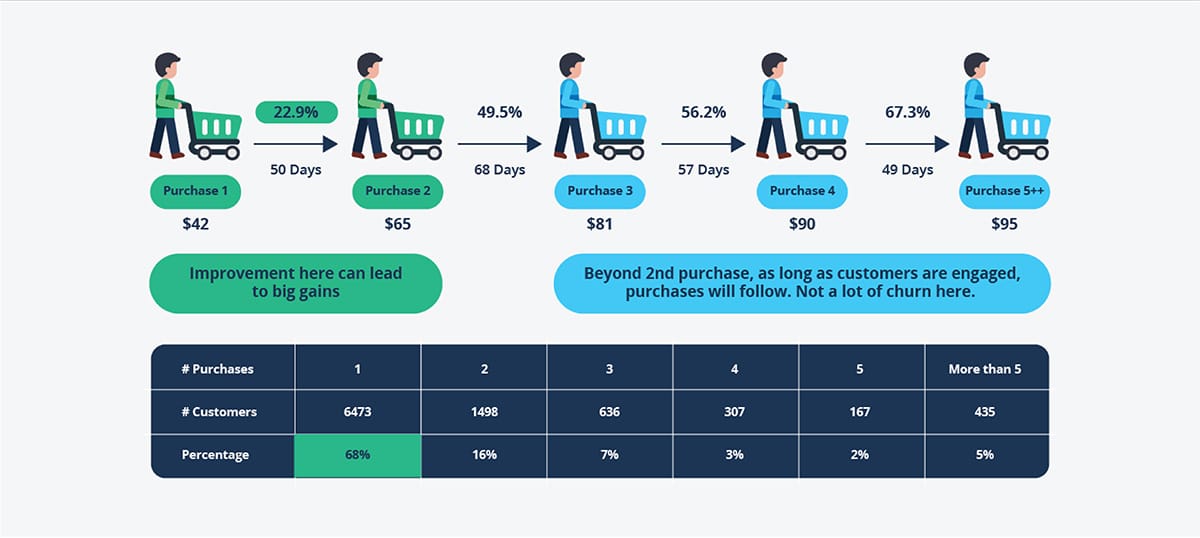A loyalty rewards program provides companies with a vast array of customer data and loyalty analytics. Loyalty programs benefit companies in terms of growth and profits, but the greatest value over time is the increased visibility and deeper understanding of individual customer behavior.
The challenge is how brands harness this data to improve their loyalty programs and offer customers a better experience. A robust loyalty rewards platform should enable you to unify data about different customers across various channels and segment those customers for targeted campaigns to ensure that the loyalty programs continue to thrive. A data driven design and management in a loyalty program can help brands go a long way.
Customer loyalty leads to retention; hence brands must use data to drive their loyalty programs. Xtrema Cookware discovered success with their loyalty program - 80% uplift in customer retention was recorded after launch of their loyalty program.
Brands like FSA Store are leveraging data to create powerful marketing promotion engines by fueling it with relevant data analytics to craft promotional strategies which in turn makes customers more loyal. What matters is not to draw wild conclusions from one piece of data, but to instead create test groups to run the loyalty program campaigns, see the results, and then make the necessary improvements.
Data is an ongoing process of observing, acting, and learning. It is important to improve your loyalty programs by acting on insights. Success can be measured by monitoring purchase trends, customer retention, and the impact of marketing promotions strategies.
In a data driven world, nothing is more critical than finding out exactly what is going on around you. By relying on the statistical information rather than a gut feeling, you allow data to lead your strategies and decisions. How you decide to treat your data, can vastly affect the conclusions you make.

The adjacent infographic was produced by Zinrelo and can be downloaded here.


